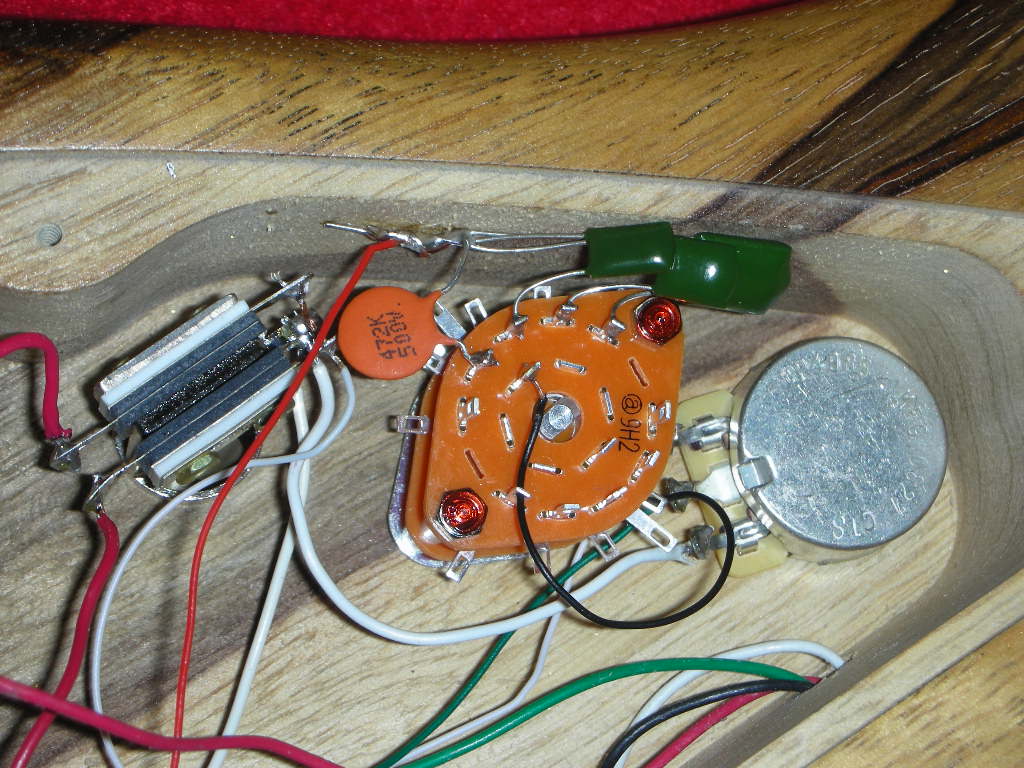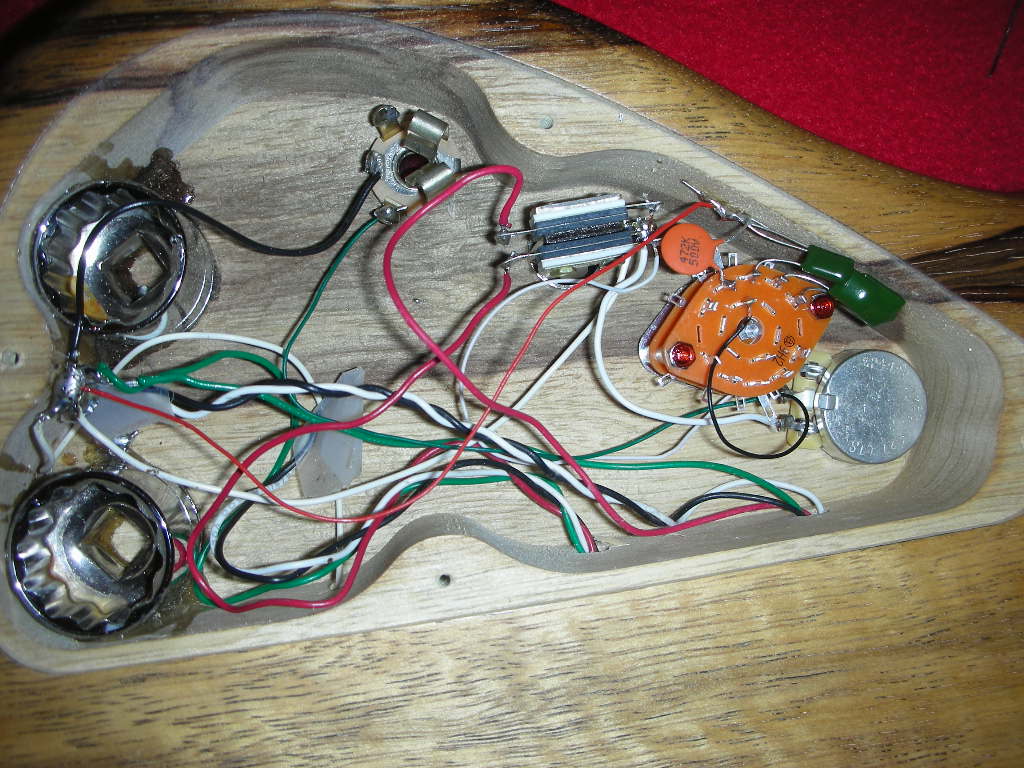Just a quick Q for those who know their electronics - I'm going to start messing with different cap and maybe resistor values to make my own varitone-type tone control for my bass and then maybe for my other axes. Just got back from Radio Shack where I picked a bunch of caps from .1uf to .001uf and some alligator clips. I'd like to have maybe one setting which just simply mimics the constant load of 2x 250k pots and maybe a tiny cap on there to take the edge off. One setting will be full bypass, but I'd rather have a default setting that mimics a 'normal' jazz bass setup. The only pot in the circuit will be a 500k master volume.
I may experiment with some bigger values as well, I'm going to set up a little box and play around till I get something I like.
So, what resistor values (watts and ohms) are useful for tweaking passive pickup signals in this way? I'll just go and pick up several of the most likely suspects and play around with them. Thanks in advance. :icon_thumright:
I may experiment with some bigger values as well, I'm going to set up a little box and play around till I get something I like.
So, what resistor values (watts and ohms) are useful for tweaking passive pickup signals in this way? I'll just go and pick up several of the most likely suspects and play around with them. Thanks in advance. :icon_thumright:




